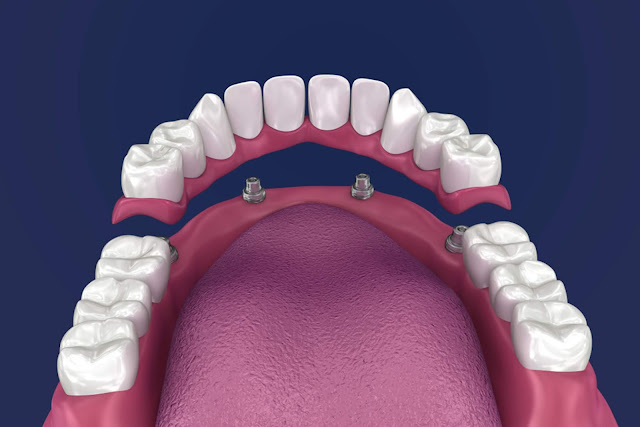How Painful Is the Implant Process?
Answering that very common and reasonable question is a lot easier and more complete if you have a basic understanding of exactly what will happen at every stage of the implant procedure. Even before your appointment for dental implants in Saskatoon or even tooth extractions near you, a dentist near you will start taking steps to ensure your health and comfort.
You may, for example, the staff at a dental clinic near you may give you anti-bacterial mouthwash and antibiotics to use and take before your operation. A dentist at a dental office near you will confirm you’ve made arrangements for transportation to and from the clinic on your surgery date and will explain the range of sedation dentistry options available. Once the process is finally ready to begin, here’s what to expect.
Placing the implant
Your surgeon at a dental clinic in Saskatoon will numb your mouth using local anesthesia, then make an incision in your gums to expose the bone of your tooth. Using a drill and working through that incision, your dentist will remove some material to make room to accept the titanium post that replaces the root of your missing tooth. Once the implant has been placed in your jaw, the incision will be stitched. The second stage of providing dental implants near you will take place a few months later after you’ve recovered from surgery and the implant has bonded to your jaw bone.
Connecting your abutment
During the second stage of the implant procedure, your dentist will expose the implant by making a small incision in your gum (where it had healed after the first stage). Once the implant post is exposed, your dentist will attach an abutment to that post. The abutment will fasten your replacement crown to the implant in the third stage. Once the abutment is in place, your dentist will take any impressions necessary to design and prepare your crown.
Connecting your crown (or bridge, or denture…)
The final step in the implant procedure is the attachment of your crown to the abutment that was placed in the second stage. Between the second and third stages, the crown will have been crafted by technicians at a dental laboratory based on the impressions taken by your dentist and as required to blend naturally with your remaining teeth. The process of crafting, fitting, and placing the crown may take multiple appointments.
Will there be pain and swelling after the implant surgery?
Even though the implant procedure itself will be completely painless because of the drugs and precautions your dentist will provide and take, the procedure remains an invasive one that will have lingering physical effects on your body. For the next few days, you’ll experience swelling and bruising. Those symptoms typically reach their peak three days after the procedure, then gradually subside. Here are some home remedies to help ease swelling and discomfort:
- Hold a cold compress, bag of frozen peas (wrapped in a clean towel) or ice pack (wrapped in a clean towel) against your cheek for 10 minutes before taking it off your cheek for 20 minutes and repeating that on-and-off process for as long as necessary
- Initially, you’ll find cold offers the most relief. Beginning a day or so after the implant procedure, though, you’ll obtain more relief from gentle heat than from cold temperatures.
- Be sure to keep your head elevated using a cushion or one more pillow than usual while sleeping or resting.
You can use these same tips for treating swelling and bruising after undergoing tooth extractions in Saskatoon. Soreness in and around your gums and jaw is also normal and natural. For relief of those pain symptoms, take over-the-counter medication like that that you would take for a headache. Take the medication as directed for two days after the implant process or otherwise as directed by your dentist. Ask your dentist in advance of your procedure if prescription medications may be appropriate based on the extent or complexity of your procedures.
Temporary and minor swelling, bruising, and discomfort are normal and natural. If your symptoms worsen rather than improve or you experience any fever at all, contact a dental office in Saskatoon right away.



When I initially commented I clicked the "Notify me when new comments are added" checkbox and now each time a comment is added I get four e-mails with the same comment. Is there any way you can remove people from that service? Bless you! allograft gum surgery
ReplyDelete